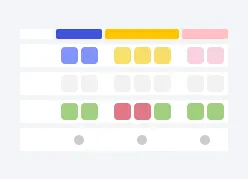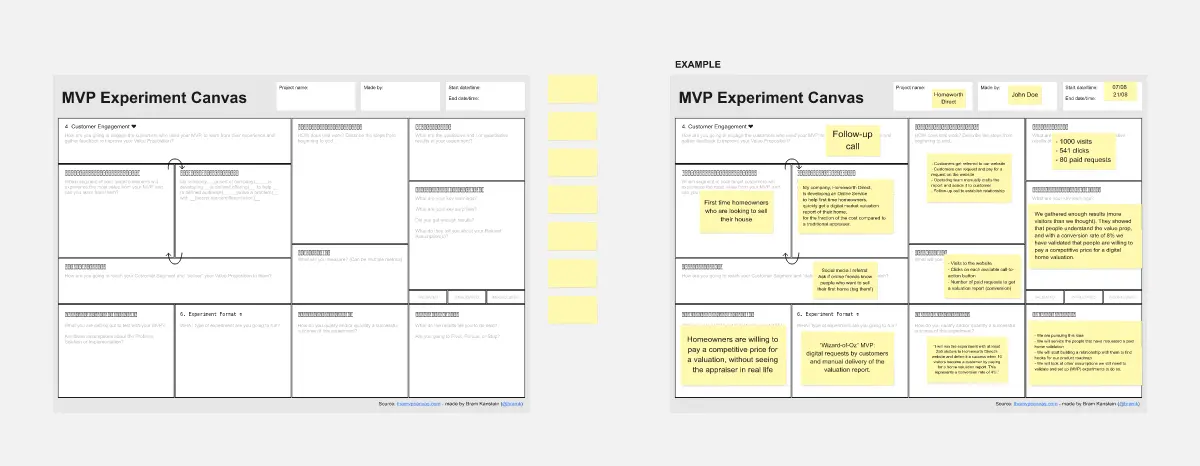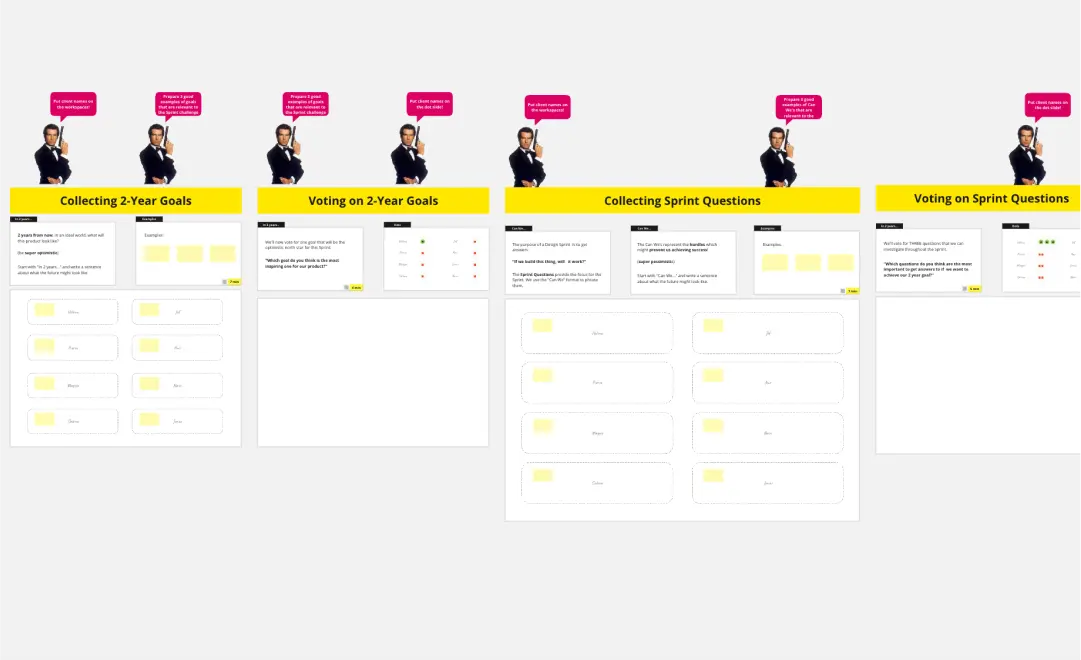This product vision workshop enables teams to apply a product mindset and ensure your product brings value to your users and to your business. Use this workshop to break down new features, align on new product ideas, set a quarterly vision for an existing product, or conduct a 3-year envisioning exercise.
Your workshop will progress through 9 prompts:
Problem Statement
Target Audience
Needs
Features
UVP
Goals & Metrics
Voice of the Customer
Experience Principles
Product Vision Statement
At the end of the workshop, you're sure to have a solid product vision and full-team alignment. This product vision workshop is a ‘must have' for any PM’s toolkit.
*Note: This canvas and accompanying workshop were inspired by several existing frameworks, including the business model canvas, lean UX canvas, product canvas, and more. Links to alternate templates are included in 'Facilitator Extras'.
Product Vision Canvas Template FAQs
How do I start a product vision session?
When facilitating a product vision session, ensure everyone did the prep work so you can be agile while running this workshop. Share the board beforehand, and when running the session, break people into small groups, so they can brainstorm and discuss ideas together. Repeat the process for each template section until you reach the workshop conclusion. Remember to create a safe space where people can add ideas freely and use artifacts to direct your workshop better, achieving the session's desired outcomes.
What teams should be involved in defining and writing the product vision statement?
As a product owner, involve your direct team to craft your product vision statement. Other marketing, brand, and development stakeholders can also participate in your workshop as consultants.








